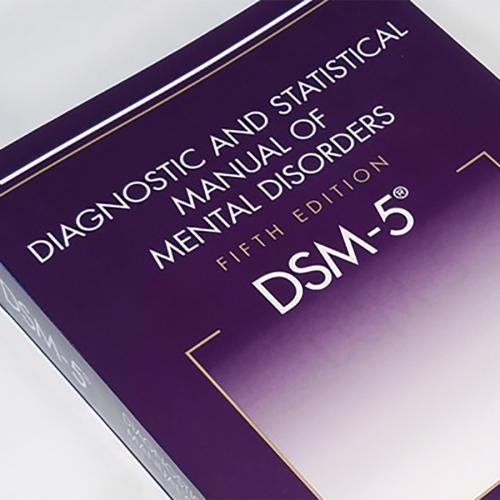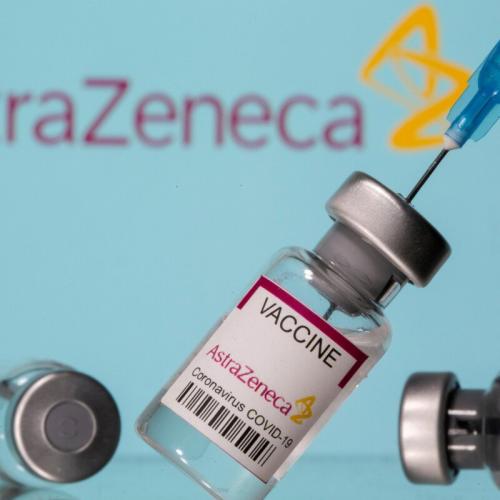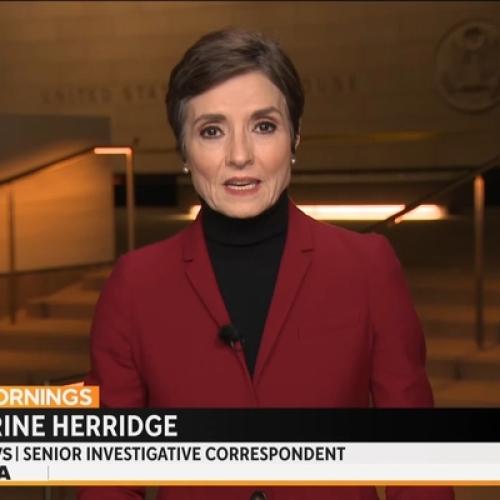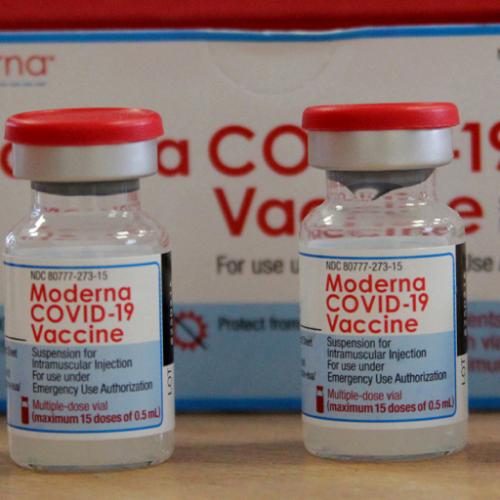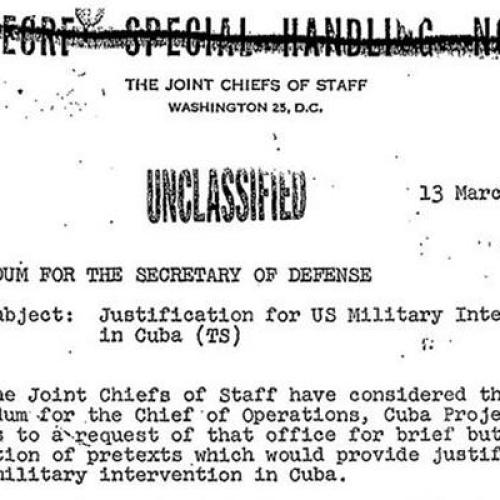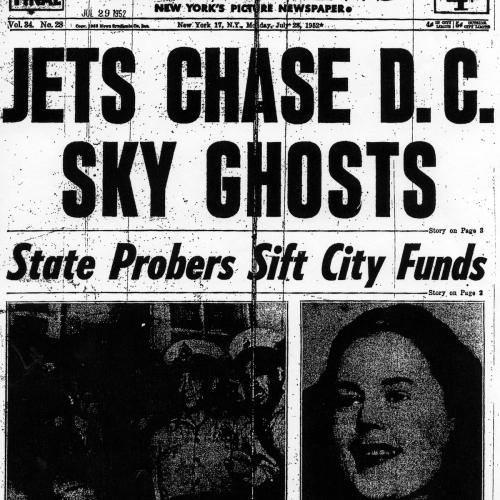Related Stories
Why the government fails to limit many dangerous chemicals in the workplace
Key Excerpts from Article on Website of NPR
Posted: January 3rd, 2023
https://www.npr.org/sections/health-shots/2022/12/15/1142915...
The permissible exposure limit for ortho-toluidine is 5 parts per million in air, a threshold based on research conducted in the 1940s and '50s without any consideration of the chemical's ability to cause cancer. Despite ample evidence that far lower levels can dramatically increase a person's cancer risk, the legal limit has remained the same. Paralyzed by industry lawsuits from decades ago, the Occupational Safety and Health Administration has all but given up on trying to set a truly protective threshold for ortho-toluidine and thousands of other chemicals. The agency has only updated standards for three chemicals in the past 25 years; each took more than a decade to complete. David Michaels, OSHA's director throughout the Obama administration, [said] that legal challenges had so tied his hands that he decided to put a disclaimer on the agency's website saying the government's limits were essentially useless: "OSHA recognizes that many of its permissible exposure limits (PELs) are outdated and inadequate for ensuring protection of worker health." The agency has also allowed chemical manufacturers to create their own safety data sheets, which are supposed to provide workers with the exposure limits and other critical information. OSHA does not require the sheets to be accurate or routinely fact-check them. As a result, many fail to mention the risk of cancer and other serious health hazards. Almost one-third of more than 650 sheets for dangerous chemicals contain inaccurate warnings.
Note: For more along these lines, see concise summaries of deeply revealing news articles on corruption in government and in the corporate world from reliable major media sources.
Related Stories
Latest News
Key News Articles from Years Past
















